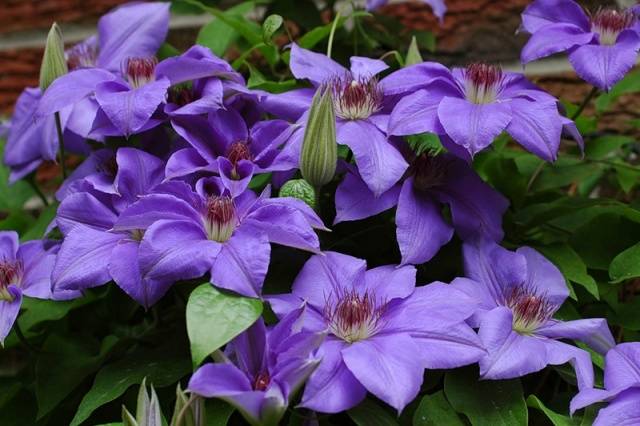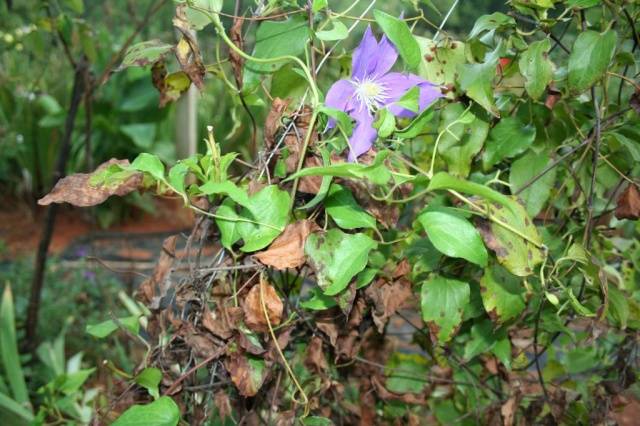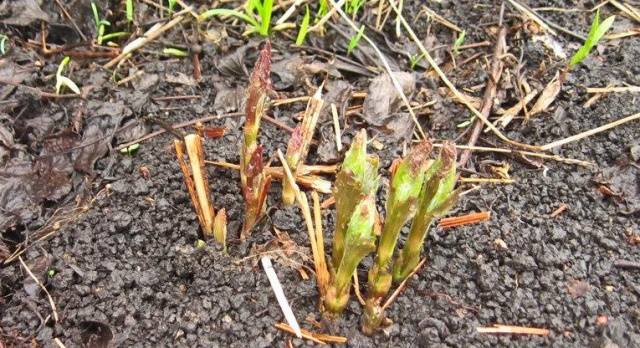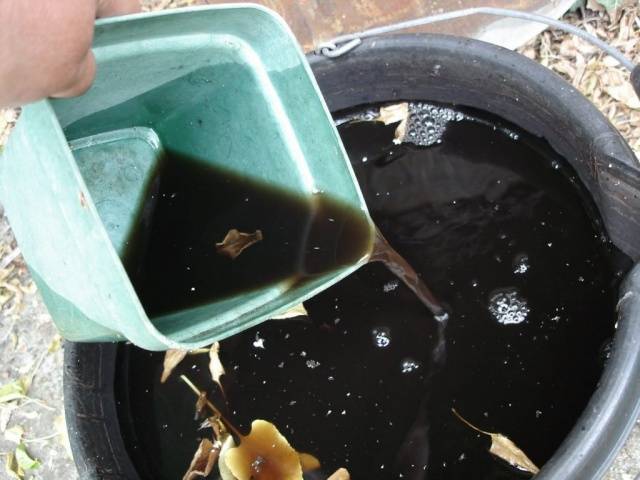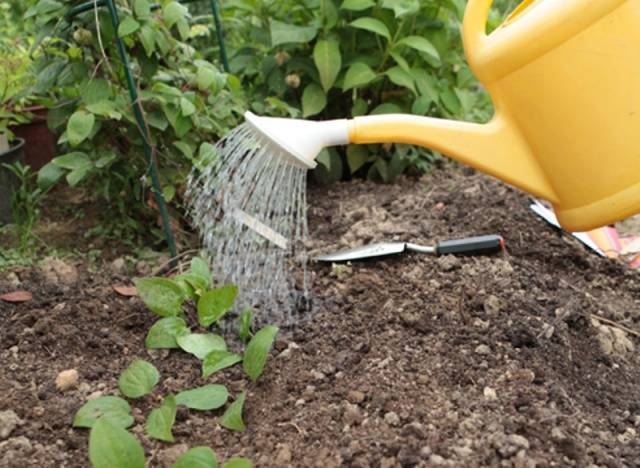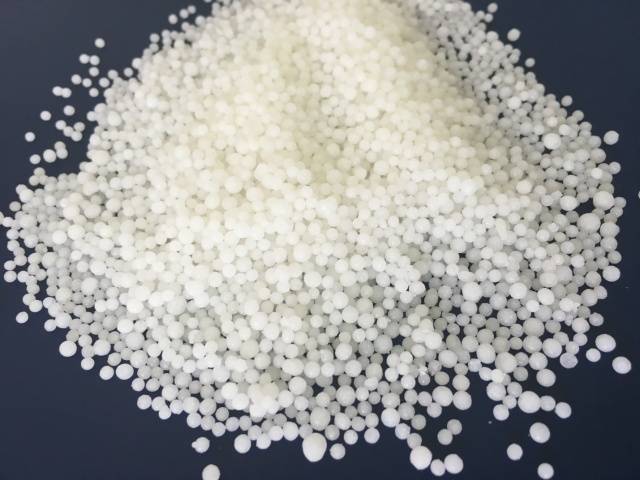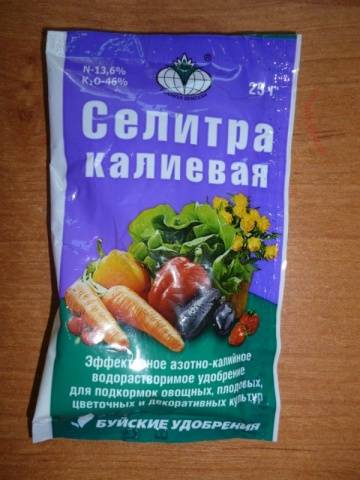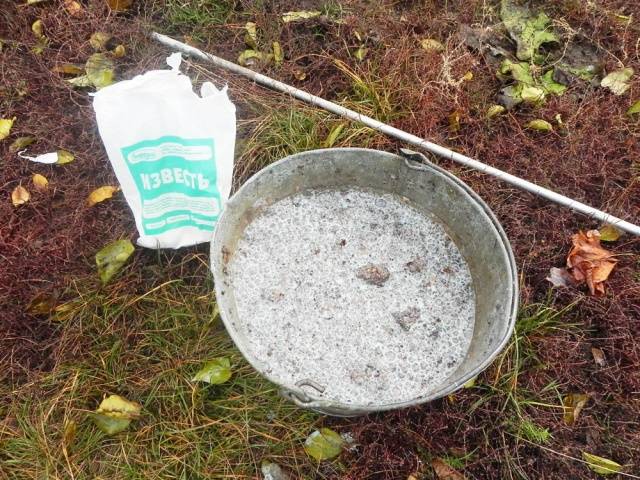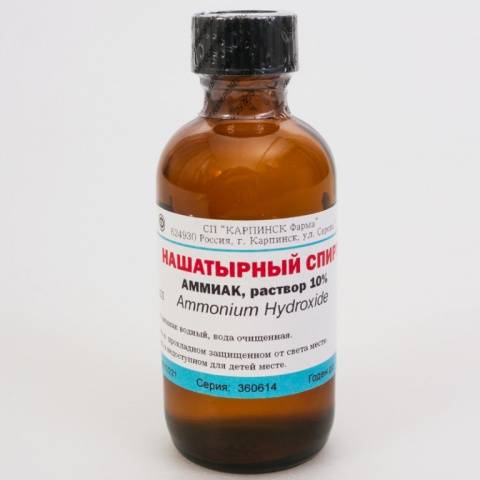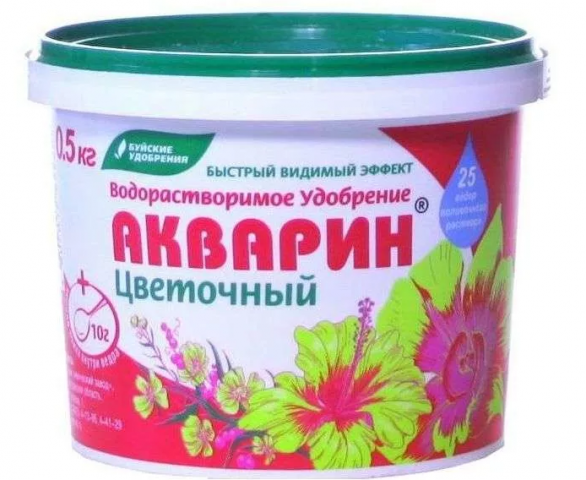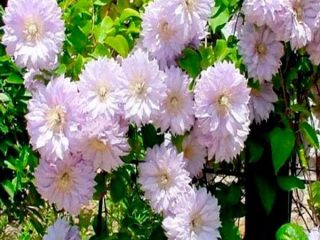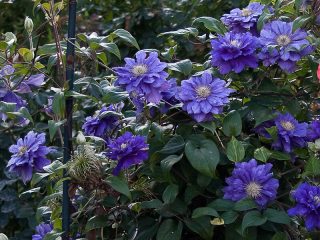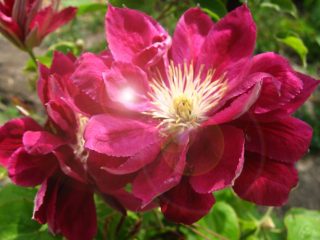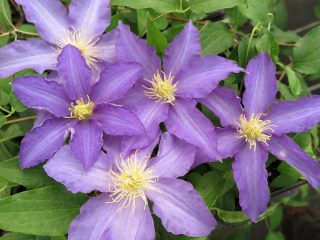Content
Anyone who has ever seen how clematis blooms luxuriously can hardly forget this inimitable beauty. But every florist knows that in order to achieve this splendor, it takes a lot of work. One of the important measures for flower care is the timely application of fertilizers.
And clematis is no exception, because it can grow in one place for up to thirty years. The reserve of mineral and nutrients in the soil gradually dries up, and the outwardly healthy plant stops blooming, begins to ache. Feeding clematis in the spring will help avoid many failures.
What elements does Lomonos need
Before making any top dressing, it is important to figure out what exactly the plant needs at certain periods of growth and development, which fertilizers contain the necessary elements, and when it is worth starting to feed clematis.
First of all, clematis are fed in early spring, not only for lush flowering, but also to replenish nutrients, which are becoming less and less in the soil every year.
In the spring, during the period of active growth of vines, nitrogen is vital for flowers. With its lack, plants lose their bright emerald green foliage, become lethargic and lifeless. The buds develop unevenly, which immediately affects the appearance of clematis.
In the summer, when the phase of exuberant and luxurious flowering begins, clematis is in dire need of potassium dressing. Lack of potassium affects the brightness, size and color of inflorescences. Phosphorus is no less important for them.
Deficiency of nutrients and minerals can affect not only the flowering of clematis. The result of the lack of important elements can be the final loss of varietal traits, as well as the general weakening of the plant.
Weak flowers get sick more and more often, there are fewer flowers on the vines, the inflorescences become smaller, the duration of flowering is significantly reduced. Therefore, it is advisable to feed clematis in time in spring, than to later lament over the wilting of flowers, yellowing of foliage or the hopeless loss of the entire plant.
What top dressing to choose
All fertilizers are conventionally divided by gardeners into two groups - organic and mineral. Experienced flower growers advise to alternate mineral dressings with organics for better absorption of nutrients.
Organic fertilizers
Humus, or humus, is rich in nitrogen, and therefore ideal for feeding clematis in early spring in the country, in a flower bed, or in a garden. You can use diluted bird droppings or cow dung.
Poultry droppings are diluted with water at a ratio of 1:15, and manure 1:10. It is desirable that this solution be infused for 3-5 days. The minimum volume of the solution is 8-10 liters per one clematis bush. Remember the main thing: under no circumstances use fresh organic matter to fertilize flowers.
Fertilizers of organic origin can be fed to clematis in the spring, before flowering, no more than twice with a break of two to three weeks.
The first procedure for feeding clematis is carried out at the end of April - beginning of May, when the temperature of + 10˚C + 12˚C is firmly established on the street.
Fertilize clematis with organic fertilizers, preferably in liquid form. Nutrients penetrate faster into the lower layers of the soil, to the roots of flowers, and are quickly absorbed.
You can feed clematis for the second time in spring in 2-3 weeks, in mid-late May.
In the absence of organic matter, flowers can be fertilized with an infusion of herbs: nettle, dandelion in the amount of 1 bucket, filled with water with a volume of 3-4 buckets, and infused for 2-3 weeks. Before use, the infusion is diluted with warm water in a ratio of 1:10 and clematis is watered abundantly.
As soon as the plant enters the budding phase, nitrogen fertilizers must be abandoned. Otherwise, you will provoke active growth of stems and leaves to the detriment of luxurious flowering. During this period, clematis need feeding with a high content of phosphorus and potassium.
Mineral dressing
But what if there is no opportunity to use organic matter? What, in this case, do you need to feed clematis after winter for active growth of green mass? Use urea, ammophos, ammonium nitrate, diammophos, or ammonia.
Nitrogen-containing fertilizers can be applied both in liquid and dry form. In the first case, top dressing is diluted in water according to the instructions on the package and the flowers are watered abundantly. In the second, 1-2 handfuls of dry granules are evenly scattered around the bush. Water the plants well afterwards. It's not bad if nature does this work for you - feed the clematis before the rain.
Clematis blooms very luxuriantly and violently. And for the formation of a huge number of flowers, the plant must be fed on time with fertilizers based on phosphorus and potassium. The timing of fertilizing depends on the variety of flowers and the timing of flowering.
Some varieties enter the flowering phase as early as late spring - early summer. This means that you need to feed clematis with phosphorus-potassium fertilizers for abundant flowering in the spring, in early to mid-May. Plant varieties that pick up color in June-July are fertilized a little later. The main thing is to fertilize before bud formation begins.
As a top dressing for clematis in spring and summer, the following preparations can be used to stimulate lush flowering:
-
Superphosphate (contains up to 20% phosphoric acids) - excellently soluble in water, can be used in dry and liquid form.
- Double superphosphate (up to 50%) - easily soluble in water. Due to the increased phosphorus content, the fertilization rate is halved.
- Phosphorite flour (up to 25%) - does not dissolve in water, it is used on acidified soils.
- Bone meal (up to 35%) - in comparison with phosphate rock, it is more effective.
It is necessary to apply mineral dressings to fertilize clematis strictly according to the instructions. An excess of nutrients is no less harmful than a deficiency.
Clematis is fertilized with potassium dressing for an abundance of flowering in late spring - early summer. The lack of potassium affects the flowers: the peduncles turn black, dry and fall off, the color of the inflorescences becomes pale, the varietal characteristics disappear.
In spring, potassium nitrate can be used as a top dressing. Potassium sulfate is best used in late summer - early autumn, at the end of flowering.
What else can you fertilize Lomonosy
There are several more ways to feed clematis in spring. Flowers respond well to the introduction of the following solutions:
- lime milk;
- ammonia;
- foliar dressing.
These methods have long received a lot of positive feedback from experienced florists and are popular.
Why is lime milk useful?
Top dressing for clematis, known as "milk of lime", perfectly deoxidizes too acidic soils in spring. It is easy to prepare such a solution. Add 150 grams of chalk or slaked lime and 100 grams of wood ash to a bucket of warm water.
The resulting mixture is mixed well. You can fertilize clematis with this solution in May and early June. When watering the bush, try not to get on the foliage and stems.
Why and when to fertilize with ammonia
Clematis, like other flowers and vegetables, respond well to feeding with ammonia.
Ammonium diluted with water in a ratio of 1 tbsp. l. per 10 l, perfectly enriches the soil with nitrogen. This solution is easily absorbed by the root system. However, it is very important to adhere to these norms and not exceed the dosage. An excess of nitrogen, like its deficiency, can lead to the following adverse consequences:
- violent growth of green mass with complete absence or scarcity of flowering;
- weakening the resistance of flowers to diseases;
- a tendency to defeat fungal diseases.
Top dressing of clematis with ammonia is carried out in early spring, before the plant enters the budding phase.
Foliar dressing
Foliar dressing helps to strengthen the stems and leaves of flowers, accelerate the onset of the flowering phase. Thanks to this method, plants receive nutrients as soon as possible. This method consists in the fact that drugs are sprayed from a spray bottle on sheet plates.
As foliar dressings for clematis are excellent:
- Flower solution;
- Avkarin;
- Master.
Within 5-6 hours after spraying, the flowers will begin to assimilate the necessary nutrients.
Please note that the minimum time period between feeding should be at least 10-15 days. Otherwise, you risk overfeeding the flowers. Two weeks will be enough for the plants to assimilate a portion of the nutrients.
The author of the video will share with you his secrets about how to feed clematis for lush flowering
Conclusion
Top dressing of clematis is an important stage in flower care. Indeed, not only the abundance of flowering, but also the condition of the plant as a whole depends on how competently and balanced you approach this process.
